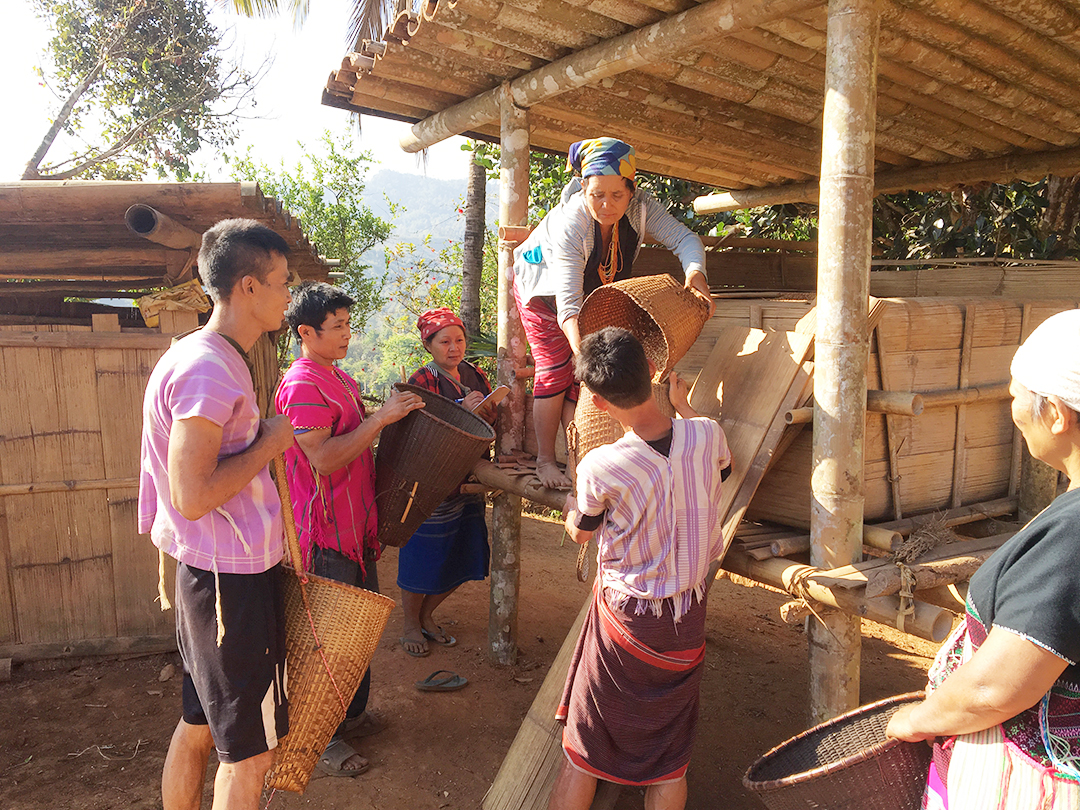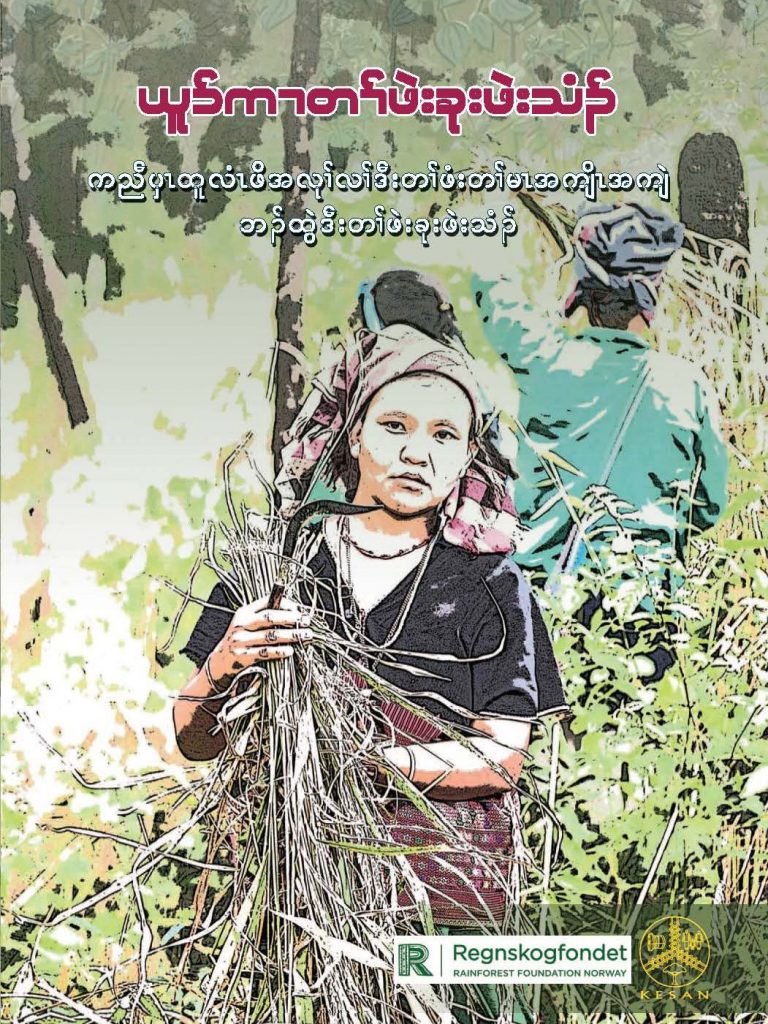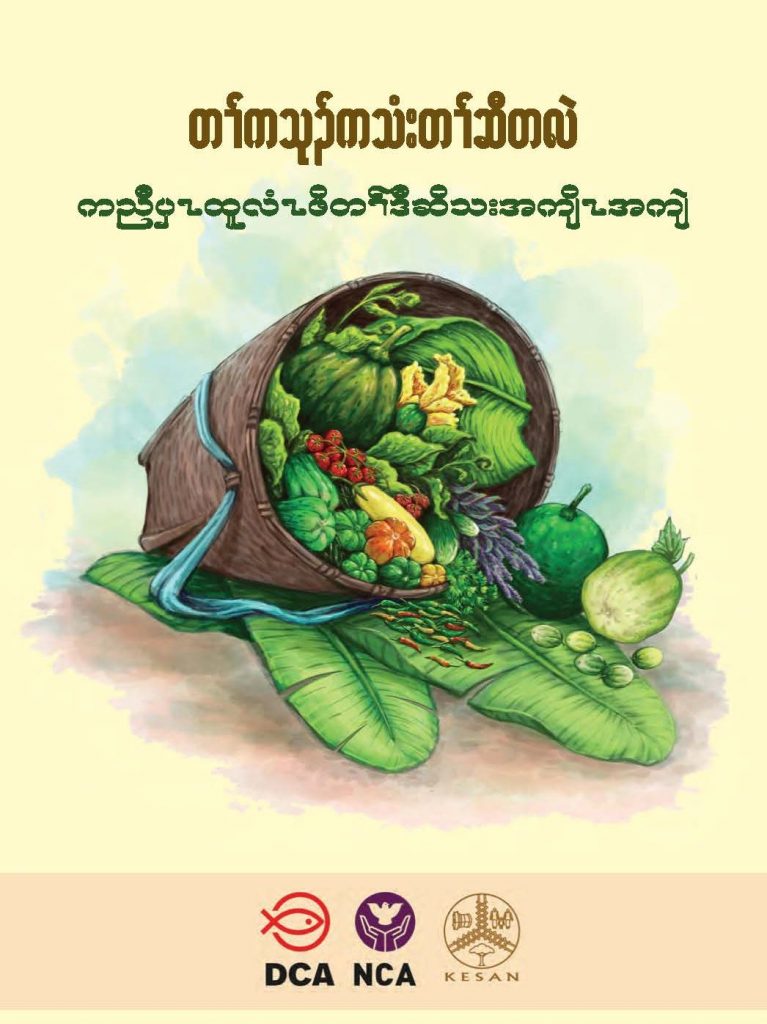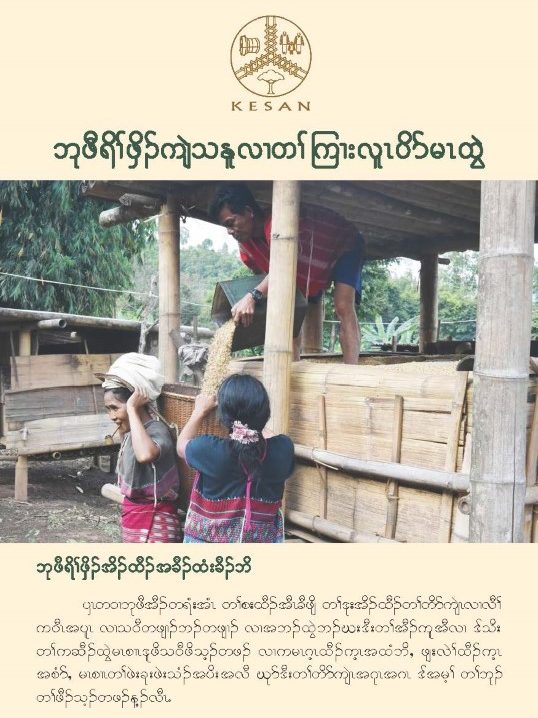
Community Rice Banks
How do community rice banks work?
A rice bank is made up of several households from a village. Some villages just have one rice bank, but other larger villages have a few rice banks. The households involved in the rice bank have come together to form rules and responsibilities for members of that rice bank. Typically, they require a minimum contribution of rice to the bank each year from each household participating in the bank. The rice bank also has rules and regulations about distributing rice when participating households need it, for example because their crop failed or a natural disaster struck. The households can withdraw the rice they need from the bank when they need it and then they pay back rice into the bank once the next harvest comes, or they establish another way to pay back the rice, usually by helping other members of the community and receiving rice for their work. The principle of the rice bank is that of ‘sharing and caring’ for people in the community; strengthening community collaboration and resilience.
Rice Bank Network
While each community manages their rice bank, rice banks are part of a ‘cluster’ encompassing 20-30 villages. Rice bank communities have joined together to establish rice bank networks where they can share information with one another and rice in times of need. KESAN provides ongoing support for rice bank communities through capacity building training, rice bank network quarterly meetings, and through events like the Sustainable Livelihoods Forum which brings together many rice bank communities to share knowledge, skills, and exchange Indigenous seed varieties.
Rice bank saving fund
To strengthen the collaboration between community and their capacity in management, KESAN also established a Rice Bank Saving Fund system. Each community which joined Rice Bank Saving Fund must pay 200-baht membership fee. This money is being managed by the elected Rice Bank Union Saving Fund committee. Any member can borrow this money to support their livelihoods and repay it with interest. The benefit for this is being kept for the needs of the community. So far, borrowers have used this fund to invest in diversifying their livelihoods such as starting a small business selling dried foods.


